The purple glow is a good indicator of gas in the tube. Normally this would be contained in the area between the hot cathode and the plate. But in this tube a small aurora is generated as I switch sides, energizing first one plate then instantly switching to the other. Don't ask me why I tried this, and, of course, don't try this at home without proper adult supervision.
|
This very gassy 280 is on the tube tester. The filament is set at 6.3 volts, too high for an 80 but required to get this kind of light show from a very gassy tube. Needless to say, this tube would be a disaster if it were installed in a radio. The purple glow is a good indicator of gas in the tube. Normally this would be contained in the area between the hot cathode and the plate. But in this tube a small aurora is generated as I switch sides, energizing first one plate then instantly switching to the other. Don't ask me why I tried this, and, of course, don't try this at home without proper adult supervision. Another of my favorites, a very gassy 224. Don't confuse the deep BLUE glow clinging to the outside of the plates on your tube-amp's output tubes with these above. It is, in most cases, perfectly normal.
6 Comments
Arborphone from 1927 I find this cabinet design somewhat inspired as compared to the regular 1920's "breadbox". It was offered by a collector on ARF. As found - below: Credit for the first and last pictures to the seller. The cabinet had to be taken apart and reassembled. Taking it apart was not too challenging since there was not much holding it together. I was lucky, the solid wood sections had not warped too much, considering the delamination of the front veneer.
It also had an open on one of the interstage transformers, which I rewound. I just could not get a picture that does it justice. Must have been the lighting.. There was an auction the last Saturday of February in Salem. One hundred and forty plus radios from the Mike Parker Collection were up for bid before a crowd of around 100. It was a great collection of radios from the 20s and 30s with a large number of early battery powered sets. Story from the local newspaper: http://www.statesmanjournal.com/story/opinion/columnists/capi-lynn/2015/02/17/vintage-radios-auctioned-antique-powerland/23583773/ The auction was presented in association with the Northwest Vintage Radio Society. https://www.facebook.com/NWVRS It was a long drive but turned out to be very worthwhile. It was also good to see such a nice collection going to people that could appreciate them. Those that I was lucky enough to acquire are already on display in our museum. Here are some pictures and video of most of them. "Most" meaning, I had to buy two radios to get the chassis and cabinet for one, so there is still one chassis left over. One of the great things about this collection was that there were a number of "locally manufactured" radios. Remember that Oregon is a big State and I consider any radio made within it's boundaries, local. Come to think of it, Northern CA is also local. There were several radios from the Bay Area. Most of them needed a few caps replaced and there were a few open interstage transformers, but nothing too challenging. Remler Infradyne from 1928 This radio was sold as a kit, though kits may have been assembled by third parties. There is a lot of info on this rather scarce radio, manufactured in San Francisco, on the web. It has a very unique application of the super-heterodyne principle applied in the form of a module which is seen towards the back of the chassis with three 199 tubes on top. It seems to me that Remler tried to use nothing but the finest components in assembling this radio (kit). The main chassis is copper as are the sub-assemblies, the TRF tuner on the left and the Infradyne (super-heterodyne) module in the back. The audio transformers are labeled Silver Marshal. The exquisite tuning cap incorporates a mechanism that rotates a secondary coil within the primaries of the TRF receiver section. Tuning - well, is a learning experience. It says in the manual that the TRF section may be operated by its self in the "local" mode. And, it can, as long as there is a very strong local station nearby. In the local mode the Infradyne module and its associated 2nd detector (301-A) are not used nor are those tube filaments lit. In the "Distance" mode the performance of this receiver is excellent. One note, however. It was customary at the time to mark station settings on the tuning dials with a pencil. This was to make the tuning process easily repeatable. I see that there is only one station written on each of the dials. Either the user only received one station or ,more likely, he discovered that almost any other adjustment or change in any of the voltages will move the position of the station on the dial. So making notes was somewhat useless. The meter is for setting the 3 volt filaments on the 199 tubes. It will allow the filament voltage to run up to about 3.5 volts which will increase audio and necessitate retuning the module, but, is unnecessary. Setting the meter on 3 gives you a filament voltage slightly above 3 volts and that is about right because the manual instructs you to set the meter at that point. I have seen the 1927 version with a SM 221 OP transformer. This one has a spot to mount one, but it appears that one was not used and it is not in the 1928 schematic. Seems like a step backwards, but it works just fine using a high impedance speaker from the 135V B+ to the 112A second audio plate. A demonstration: Grebe Syncrophase MU-1 1925 This is one of the later model Syncrophase radios that incorporates the chains that mechanically couple the tuning caps. It sold for only $100. You can't get a del like that every day so I could not pass it up. Long Model B-5 from 1926 This is one of the radios that was manufactured in the Portland OR area. Not a lot of information is available on this radio manufacture and there is no listing for the radio in the Riders manuals. Probably, few were produced. It is a 5 tube TRF with a 112A in the final audio position. The tuning dials are a little unusual and give the control panel a less cluttered appearance. Rick Ammon. Sent me this follow-up information on the Long Radio Works. Copied from an email from Art H. R. (Portland 8-2005) : Probably built by the "Long Radio Works" by brothers Les or George Long on the family farm on Rural Route 1 (later renamed "NW Long Road"). This location was 20 miles west of Portland, Oregon or 1 mile north of the town of Cornelius, Oregon. They were in radio business from 1920 through the late 1930s. Below is a link to Ricks site which includes pictures of both a Long Radio Works Super Heterodyne and another radio produced in the Portland OR. Wish I had a few of those! http://superhets.info/page5.html Browning - Drake 5 - Tube Impedance Coupled Receiver This radio was a kit. It was assembled in Portland. The builder did a very nice job and it remains in excellent condition today. A note inside says, "Built circa 1927 by Portland Ham Theodore H. Olson. Ozarka Speaker I don't know much about this one except that it is in great shape and is a high impedance speaker probably for a battery powered set. Mirico R3 by Midwest This little 3 tube radio is from around 1923. It works OK but is about as selective as a brick, which it is not much larger than. Halowat Model TR-5 from 1926 TRF radio built by the Portland firm Hallock and Watson Radio Corp. This is the one that brought me to the auction. There were two of them. This one includes a station log on the lid and a real log on a separate piece of paper.
|
AuthorRuss Webb Russ Webb & Fuzzy
Best Buddy, Radio fixer Categories
All
Archives
December 2023
|

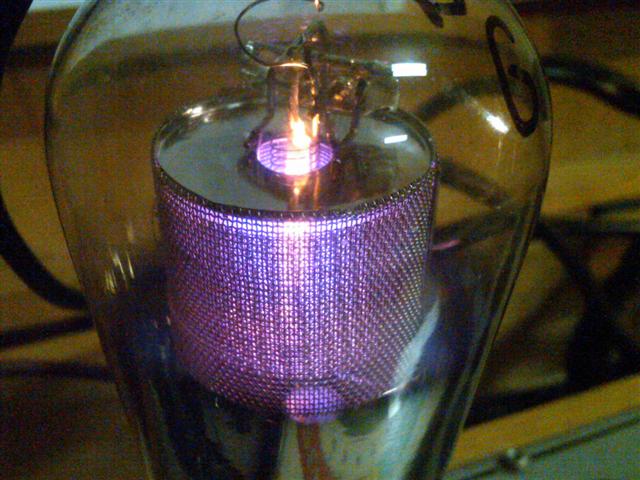
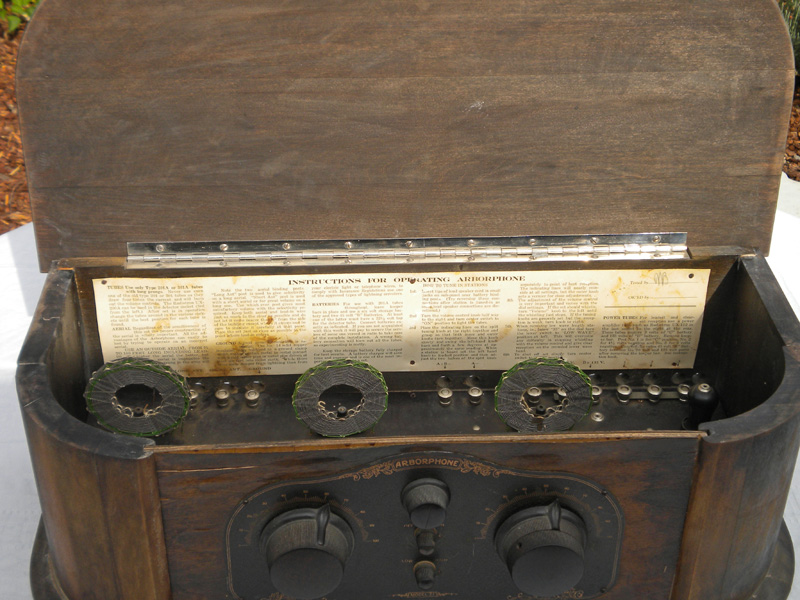

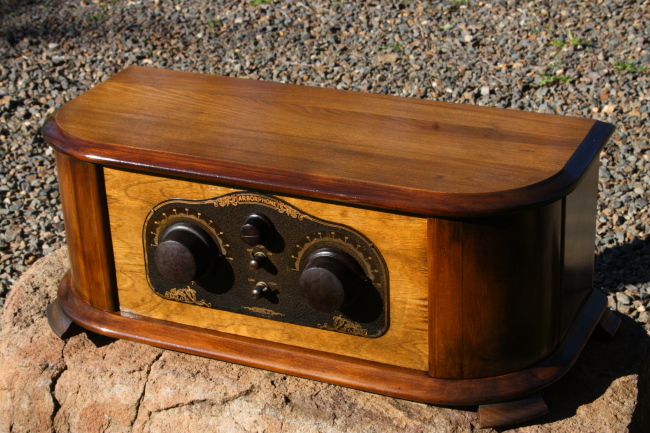
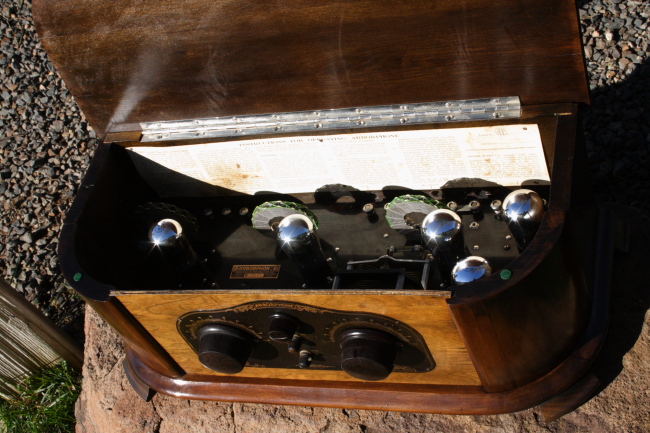

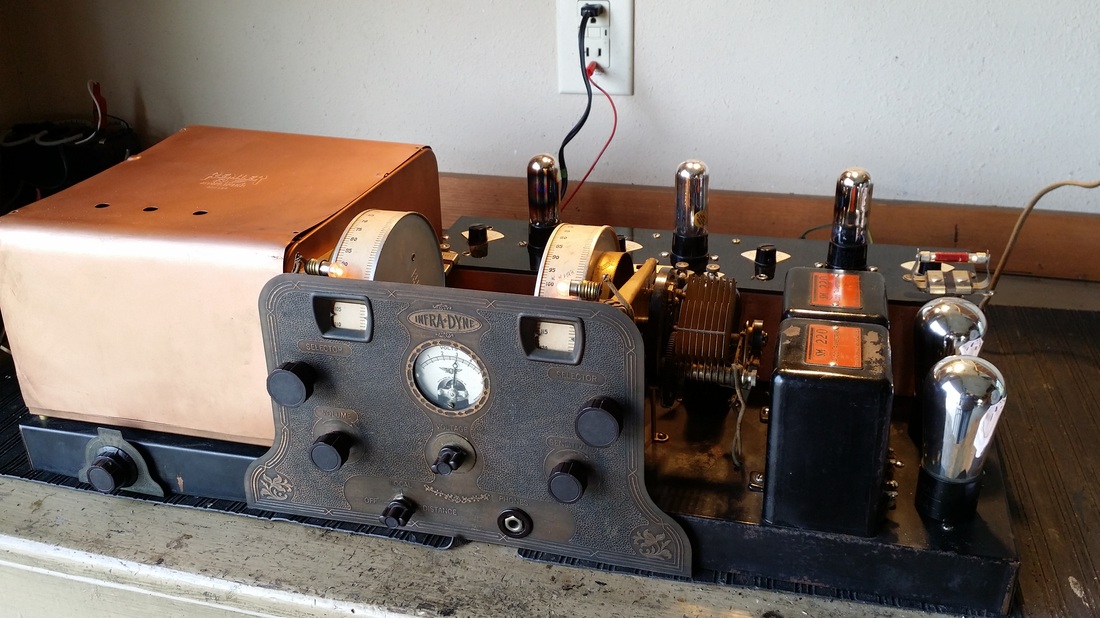
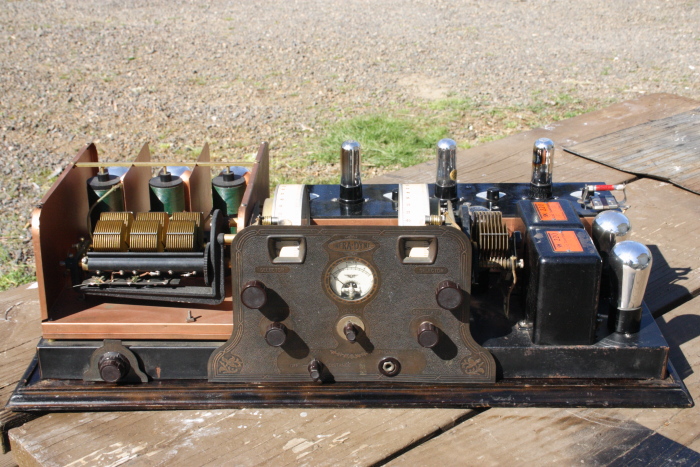
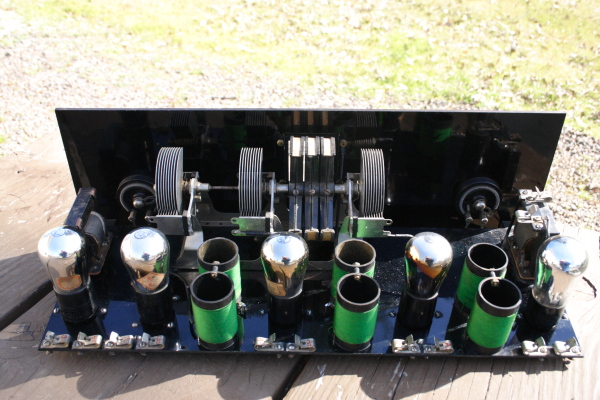

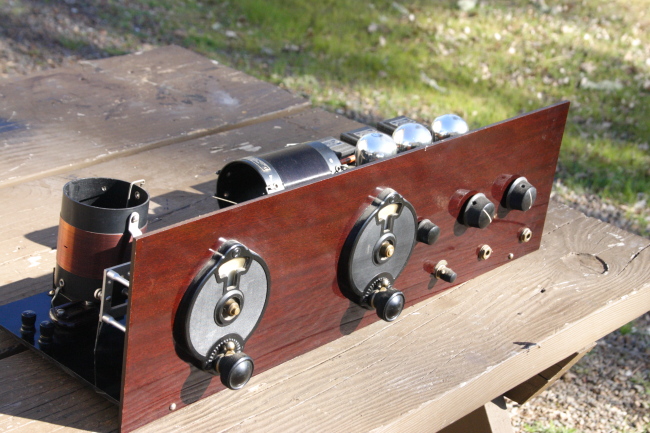
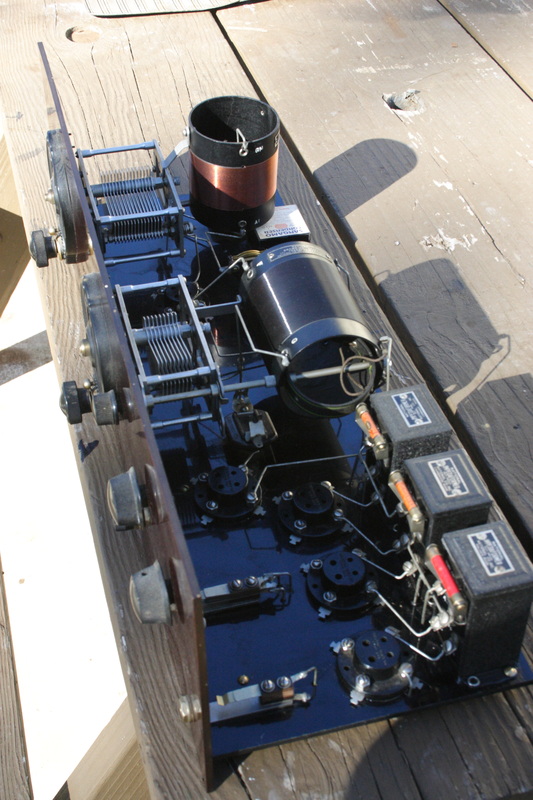
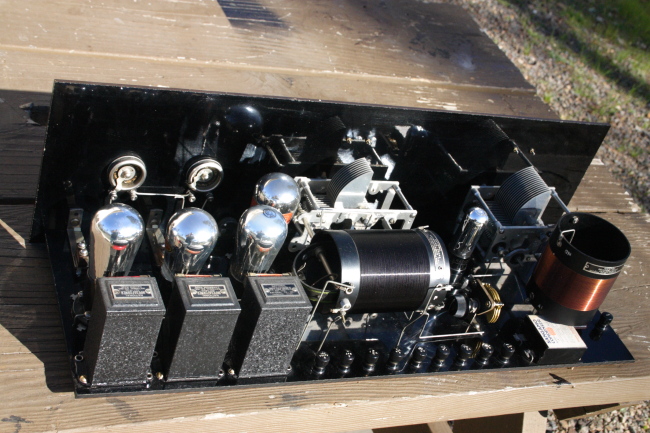
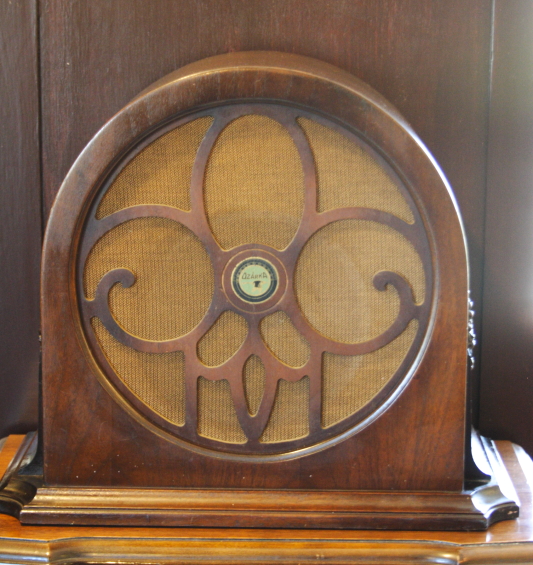
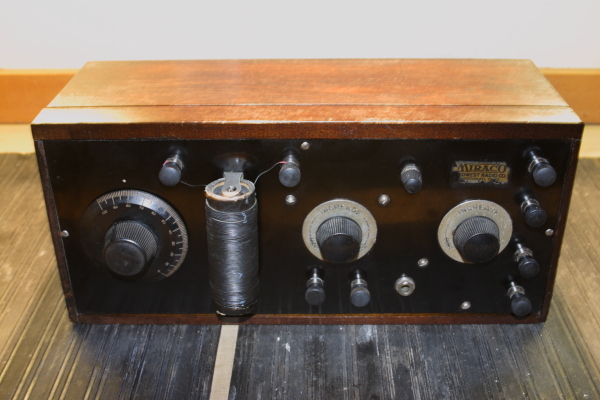
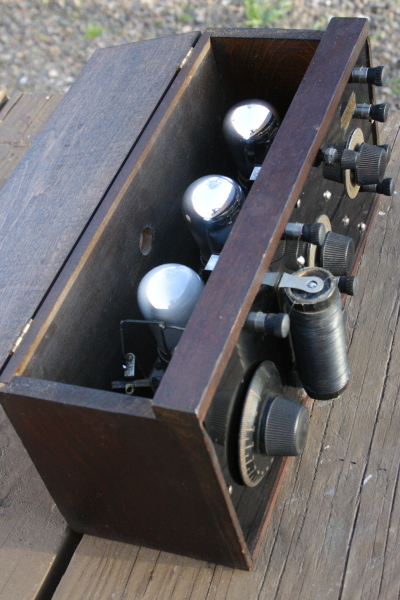
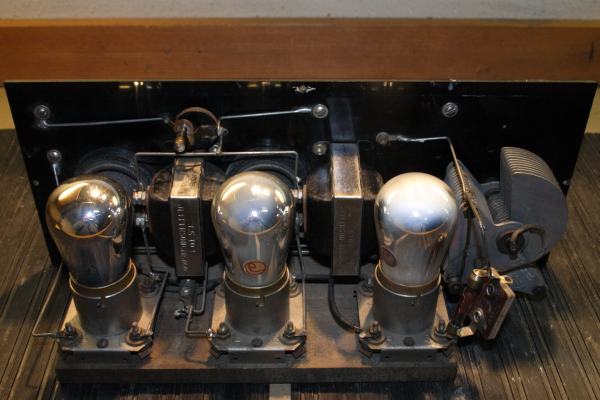
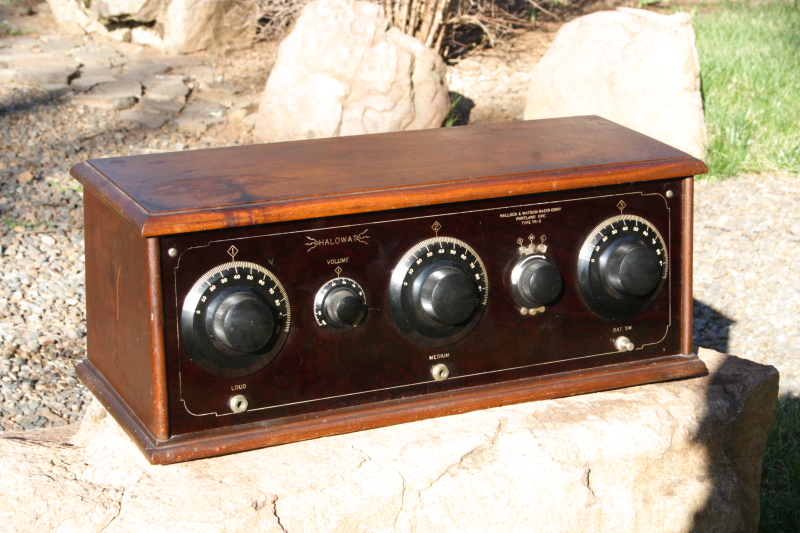
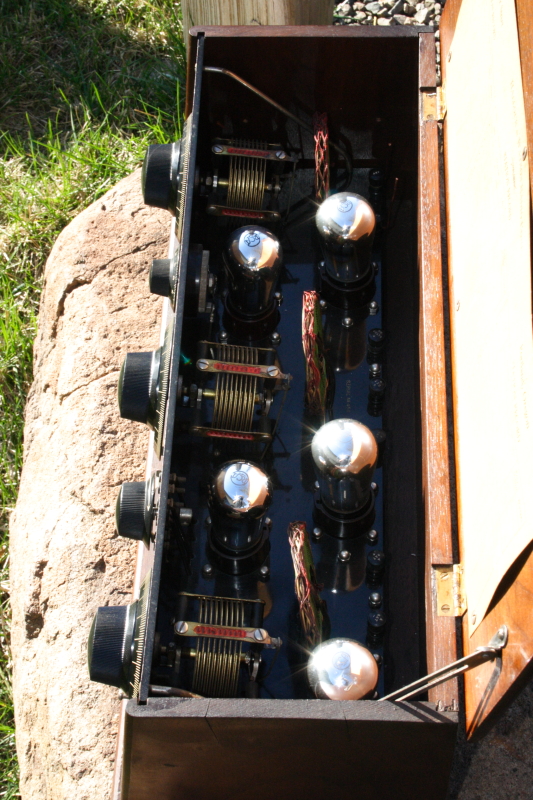
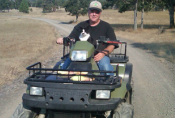
 RSS Feed
RSS Feed